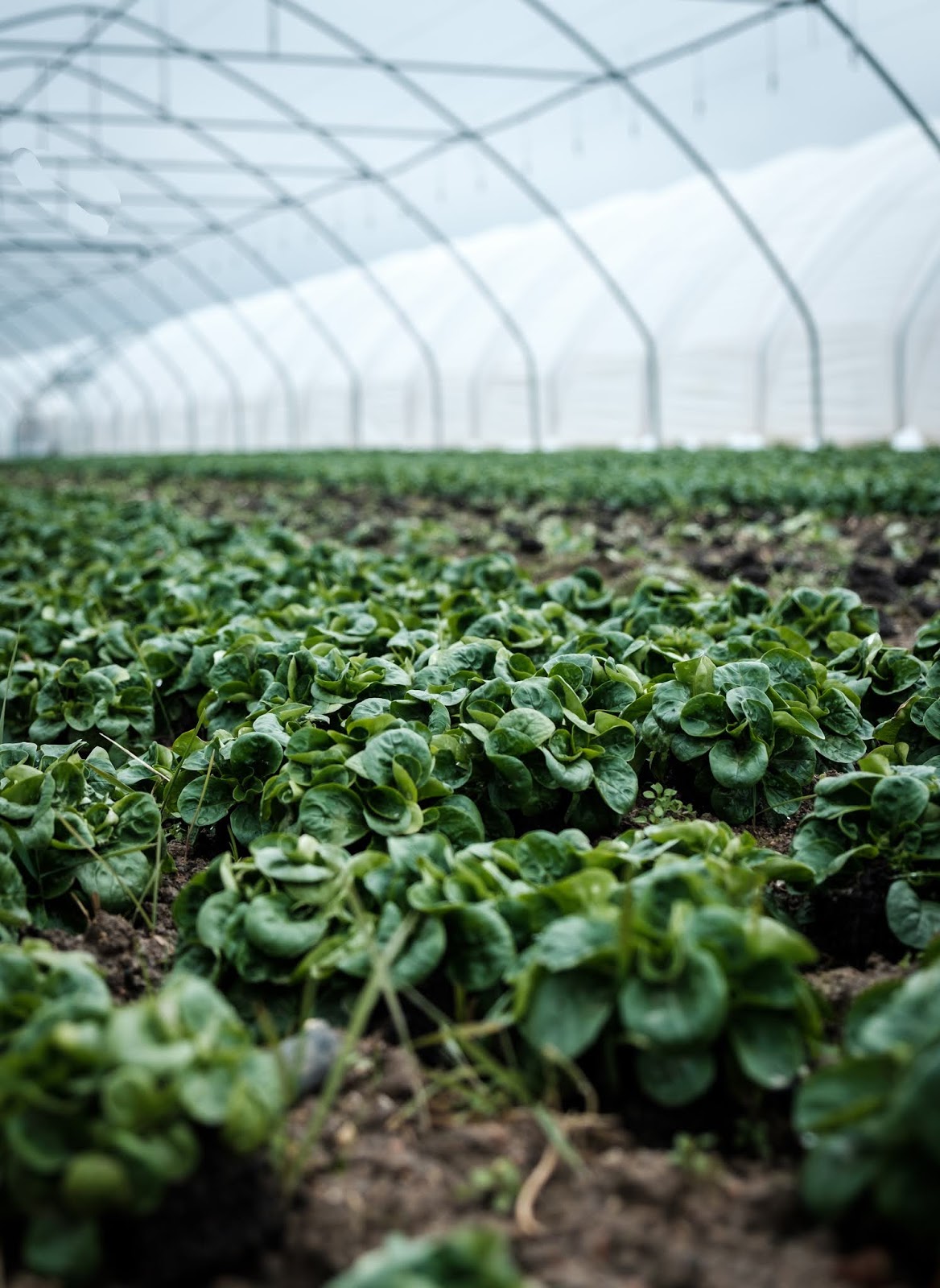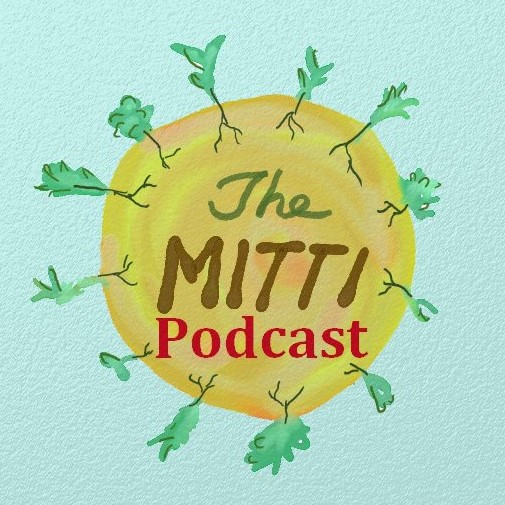Alternative is Natural
 |
| Artwork by Anuraag Nandagiri, 2018 |
Living in an urban setting, it is often common to feel an indifference towards the value of the food that comes into our plate. Lately I realized, when my young cousins told me they got the apples from the supermarket, that they really thought that's where the apples came from. Such small incidents made me ask myself, "When was the last time you looked at the cooked grain in your plate and realized that the grain had traveled a long way from a farmer's hand to your belly? Does it comfort you to overlook this, when you throw away some of it into the bin, with a certain conviction?".
In my previous blog, Agriculture is NOT Industry, I discussed the effects of industrialization on agriculture. My views on such a topic might make a modern citizen who is working hard for his bread and butter, scream ANARCHY!!! But, in a world where traditional and dogmatic are often seen in the same context, skepticism about the legitimacy of the so-called "alternative living" is natural. Which is followed by the question of how some take the decision to live sustain-ably and adapt to such a change. A healthy amount of internet research did initiate an intrigue in me, but talking to people actively working on the ground, gave me a whole new perspective. My first such encounter was an SBI Youth for India fellow and a close friend, Akhila. Meeting her was an experience involving mixed feelings about how she saw life. Which was an initial arrogant curiosity, humbled by the true meaning of community, devoid of insecurities that often come attached with the modern lifestyle. To get her insight on this, I proceeded to ask her some questions.
What is your understanding of community?
"The word 'community' plays a rural setup in my head. We are constantly taught that villages are underprivileged places. They lack basic amenities, the literacy rate is very low, and they are always treated as beneficiaries. As long as we feel that we are here to help them, as long as we imprint them as downtrodden, and as long as we keep threatening their self respect, the 'development' we are dreaming of will forever remain a myth.
I thank, Palle Srujana a voluntary organization that aids and promotes grassroots innovations, for offering me the true perspective of what villages are. Villages are forgotten temples of knowledge as quoted by Prof. Anil Gupta, founder of National Innovation Foundation. Those are the places where people live in harmony with nature. Those are the places where people believe that if nature gives a problem, there surely is a solution hidden in itself. Villages are places where there is trust in communities across different occupations and knowledge sharing happens from generation to generation.
Having said that, I don't deny the fact that they need support and they lack basic needs. But we need to look at this relationship as a 'collaboration' and hold ourselves from looking at them as beneficiaries. Literacy rate doesn't define one's ability to innovate and evolve. Innovation is independent of any societal constraints. They are well equipped with abilities to solve problems, Let's respect that and encourage a mutual learning attitude. "
What do you think are the biggest challenges in the future of traditional communities ?
"We repeatedly infuse in their minds that accumulation of resources is a richer way to live life. They have already begun to feel insecure in their homelands because they are not respected for their occupations, rather they are often looked down upon. The core reasons are economic as well as a lack of recognition and respect. We are losing our roots as economic growth is prioritized over traditions without understanding the trade offs. Such an intervention ends up sowing the wrong seeds when working with communities. We all fancy Social / Rural development but let's remember that we have no right to experiment our ideas on them. They are not lab rats. Being inclusive when making interventions is the way to go."
In many ways this understanding of community is essential to be able to see our connection with nature and how it translates to a sustainable living. A great example that comes to my mind is a couple from Kerala, India who decided to live an eco-friendly lifestyle inspired from rich tribal history of the subcontinent. Hari and Asha built a beautiful tiny house with earth, based on the design principles of the famous architect Laurie Baker, in the heart of a 34-acre forest nurtured by them. The mud house is naturally ventilated and maintains a comfortable temperature in the sweltering summers of Kerala and relatively warm interiors in winters. Food is preserved in an earthen container and all the organic waste including fecal matter is directed to a bio-gas plant, which along with a solar panel serves all their energy needs. Electricity from the grid is only used once in a while for the water-pump. The couple ends up using only 4 units of electricity per month, which is much lesser in comparison to an average middle-class household in the city per day.
On one hand, the independent project by the couple in Kerala is a realization of the alternate. On the other hand, there are projects that have approached environmental concerns in harmony with social challenges. Aranya is one such project started by Padma and Narsanna Koppula as a 1000 sq m farm based on the principles of permaculture in suburban Hyderabad. The couple are working towards transmission of knowledge in a range of practices such as regenerative agriculture, watershed management and animal husbandry. Their efforts are not only training and building capacities of farmers, but they have also been capable of bridging connections between knowledge, community institutions and government.
The projects mentioned above reflect some of the many activities that are already happening around the world. More noteworthy projects that are worth looking into are:
- Never Ending Food, in Malawi
- Ferme Bio Warda, in Tunisia
- Camping farm – Riad Green House, in Morocco
- Aanandaa Permaculture Farm, in India
The knowledge of securing basic human necessities such as food, water and shelter is meant to be within reach. The fact that transmission of this knowledge is scarce is a matter of concern and valid motivation for me to connect the disconnected and broadens our understanding that what is now considered alternative, is actually very natural.





